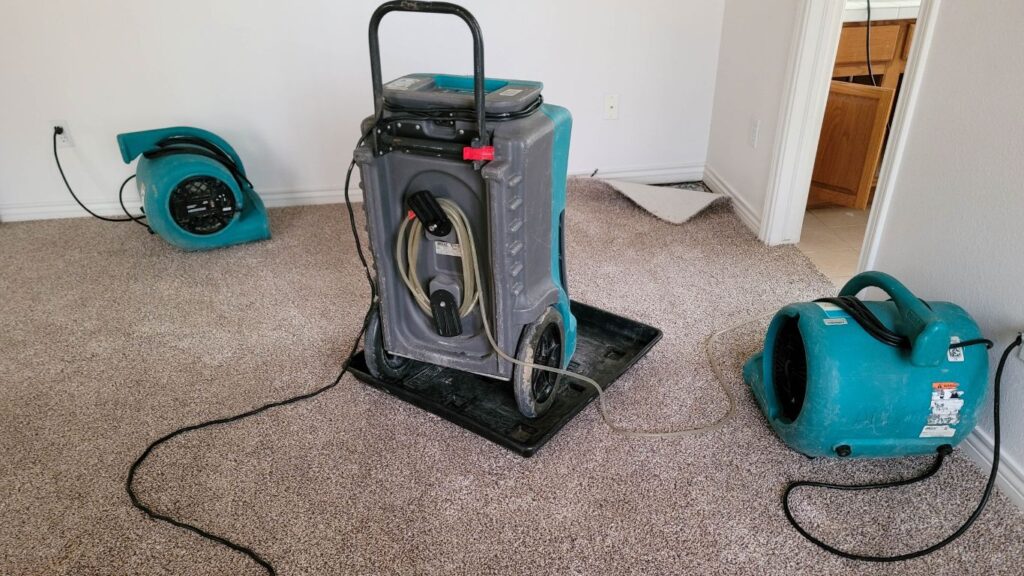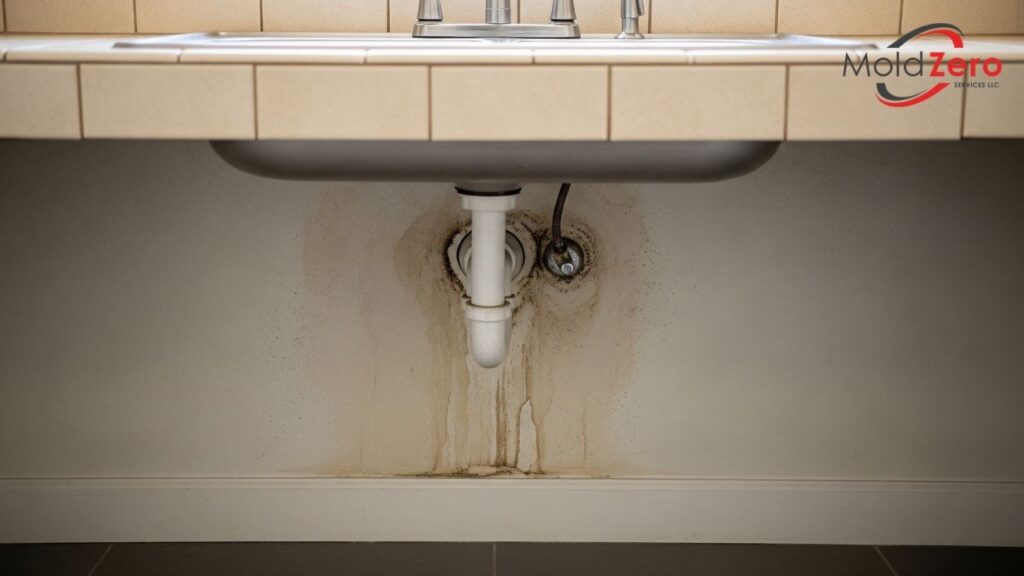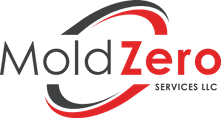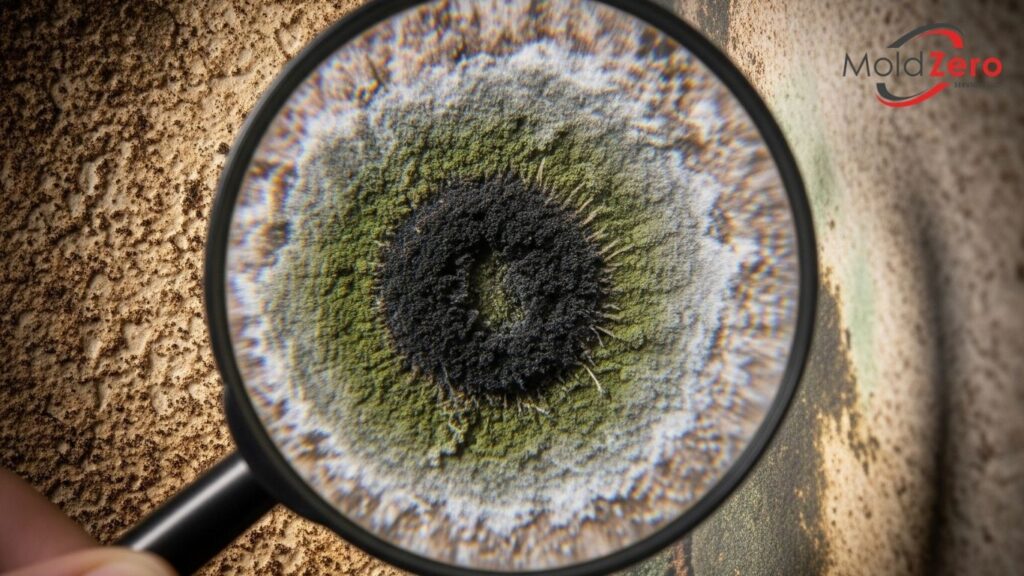13 Signs You Need Mold Testing ASAP!
Mold can be a stealthy intruder in your Los Angeles home. Sometimes it’s obvious, but often it lurks unseen, potentially affecting your property and your home’s indoor environment. Many homeowners wonder when a situation warrants professional mold testing, especially if there’s no visible growth. The truth is, visual signs aren’t the whole story, and understanding when to test can be crucial.
At Mold Zero, we believe that knowledge is power. Professional mold testing can be a key step in identifying hidden mold issues, understanding the extent of a problem, and ultimately, ensuring your home is a comfortable and well-maintained space. This guide outlines 13 signs that suggest it’s time to consider mold testing for your Los Angeles home.
Why Consider Mold Testing for Your LA Home?
Before diving into the signs, it’s helpful to understand why mold testing can be beneficial:
- Confirms Presence: It can confirm if mold is present when it’s suspected due to odors or health concerns but isn’t visible.
- Identifies Types (with a caveat): While testing can identify types of mold, the U.S. Environmental Protection Agency (EPA) generally states that if mold is found, it should be removed, regardless of type. However, knowing the types can sometimes inform the remediation strategy or highlight particularly concerning varieties.
- Assessed Scope: Testing can help determine the concentration of mold spores, potentially indicating the extent of a hidden problem.
- Peace of Mind: It can confirm that your indoor environment is in good condition or, conversely, confirm the need for action.
- Post-Remediation Verification: Ensures that mold remediation efforts have been successful.

13 Signs It’s Time for Professional Mold Testing in Your Los Angeles Home
If you notice any of the following in your Los Angeles residence, arranging for professional mold testing is a wise step:
1. Persistent Musty or Earthy Odors
This is a classic indicator. If you consistently smell a damp, musty, or earthy odor in your home, or in a specific room, but can’t find any visible mold, testing can help confirm if airborne mold spores are elevated, suggesting hidden growth.
2. Visible Mold Growth (But You Want to Know More)
Perhaps you’ve found a small patch of mold. While any visible mold should be addressed, testing can help determine if the problem is more widespread than what’s visible, potentially involving airborne spores in other areas of your home.
3. Recent Water Damage or Flooding
After any significant water event – a burst pipe, roof leak, appliance malfunction, or flooding – mold can begin to grow within 24-48 hours, often in hidden areas like behind walls or under flooring, even after surfaces appear dry. Testing can check for this hidden development.

4. Unexplained Allergy-Like Symptoms or Respiratory Issues
If household members experience persistent symptoms like sneezing, coughing, itchy eyes, a runny nose, or worsening asthma only or predominantly when at home, it could be related to indoor air quality, with mold being one potential trigger. The Centers for Disease Control and Prevention (CDC) notes that mold exposure can cause various health effects in sensitive individuals. Testing can be part of investigating this possibility.
5. Long-Term High Humidity or Condensation Problems
Chronic dampness, often indicated by persistent condensation on windows or clammy air, creates an ideal breeding ground for mold. If your Los Angeles home struggles with high humidity, testing can determine if mold has already taken hold.

6. You’re Buying or Selling a Home in Los Angeles
For buyers, mold testing can uncover potential hidden issues before closing. For sellers, having a recent clear mold test can be a positive selling point or allow you to address issues proactively. A thorough and free mold inspection, which can include testing, is a valuable step in real estate transactions.
7. Post-Mold Remediation Clearance
If you’ve had mold remediation performed (perhaps by another company or a DIY effort), independent third-party clearance testing is crucial to verify that the process was successful and spore levels have returned to an acceptable baseline. (At Mold Zero, we include post-remediation verification in our services).
8. Cracked, Peeling, or Bubbling Paint/Wallpaper (No Obvious Leak)
When paint or wallpaper starts to peel, bubble, or crack without an obvious, active leak, it often indicates moisture trapped behind the surface. This trapped moisture is a prime condition for hidden mold growth that testing could detect.
9. Warped Wood or Deteriorating Building Materials
Wooden baseboards, flooring, window frames, or cabinetry that begins to warp, swell, or deteriorate can be a sign of prolonged moisture exposure. Mold often accompanies this type of material breakdown.
10. Strange Stains or Discoloration Appearing
If unusual stains or areas of discoloration appear on your walls, ceilings, or even carpets, and you can’t attribute them to a specific spill or event, they could be water stains from a slow, hidden leak, often with mold developing alongside or within the material.

11. History of Previous Mold Problems in the Property
If your home has a known history of mold issues, even if they were addressed in the past, periodic mold testing might be a prudent measure, especially if you notice any returning signs like musty odors or dampness.
12. Concerns After a Neighbor Had Mold Issues (e.g., in a Condo/Townhome)
In multi-unit dwellings like condos, townhomes, or apartments in Los Angeles, mold issues in an adjacent unit could potentially affect yours, especially if there are shared walls, plumbing, or ventilation systems. If a neighbor has a confirmed mold problem, testing your unit might be considered for peace of mind.
13. Seeking Reassurance for Vulnerable Occupants
If your household includes individuals with heightened sensitivities, such as newborns, elderly family members, or those with compromised immune systems or pre-existing respiratory conditions, and you have any reason to suspect a mold issue (even without clear signs), testing can help ensure the indoor environment is as sound as possible.
What Does Mold Testing Involve with Mold Zero?
When you contact Mold Zero for concerns that may warrant testing, it’s typically part of our comprehensive mold inspection process. Our trained professionals may collect various types of samples, such as:
- Air Samples: To assess the concentration and types of mold spores present in the air.
- Surface Samples (Swab or Tape Lift): Taken from areas where mold growth is suspected or visible.
- Bulk Samples: In some cases, a small piece of affected material might be collected.
These samples are then sent to an accredited third-party laboratory for analysis. We then interpret these results in conjunction with our visual inspection findings to give you a clear picture.
What Happens After Mold Testing?
The results of mold testing will guide the next steps:
- If Mold is Confirmed: We will discuss the findings with you, explain the extent and types of mold found (if relevant to the remediation strategy), and develop a comprehensive plan for professional mold remediation. Our goal is to not only address the existing mold but also to help identify and advise on correcting the moisture source that allowed it to grow.
- Addressing Specific Concerns: If testing identifies types of mold that are often of particular concern to homeowners, such as those commonly referred to as “black mold,” rest assured our team is highly experienced in black mold removal and handles all situations with thoroughness and care.
- Leveraging Broad Expertise: Mold Zero’s capabilities extend to complex situations. The advanced techniques and knowledge we apply to challenging commercial mold removal projects also inform our approach to every residential job, ensuring you receive the highest standard of service.
- If No Significant Mold Issues Are Found: Testing can provide valuable peace of mind. We can also offer advice on continued mold prevention strategies.
Don’t Ignore the Signs: Testing Can Provide Clarity
If any of these 13 signs resonate with your experience in your Los Angeles home, don’t ignore them. Professional mold testing can provide the crucial answers you need to take appropriate action, protect your property, and support a better indoor environment for your family.
Contact Mold Zero Services LLC today at (626) 671-8885 or fill out our online form to discuss your concerns or to schedule a free, no-obligation inspection and quote. Let our experts help you determine if mold testing is the right next step for your home.

